Modern sensors vary in principle and structure. How to select sensors reasonably according to specific measurement purposes, measurement objects and measurement environment is the first problem to be solved when measuring a certain quantity.
When the sensor is determined, the matching measuring method and equipment can also be determined. The success or failure of measurement results largely depends on whether the selection of sensors is reasonable or not.
1. Determine the type of sensor according to the measurement object and measurement environment.
In order to carry out a specific measurement work, first of all, we should consider what kind of sensor should be used, which needs to analyze many factors before we can determine.
Because, even when measuring the same physical quantity, there are many kinds of sensors that can be selected. Which kind of sensor is more suitable, we need to consider the following specific problems according to the characteristics of the measured quantity and the conditions of the use of the sensor:
The size of measurement range;
(2) The requirement of the measured position on the volume of the sensor;
(3) Contact or non-contact measurement;
(4) Signal extraction method, wired or non-contact measurement;
(5) The source of the sensor, whether domestic or imported, whether the price can be afforded, or self-developed. After considering the above problems, we can determine which type of sensor to choose, and then consider the specific performance indicators of the sensor.
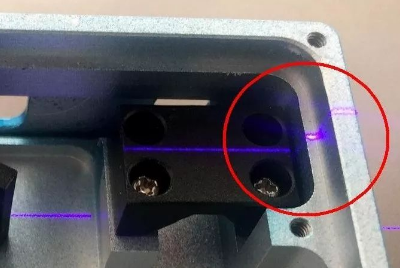
2. Selection of Sensitivity
Generally, in the linear range of the sensor, the higher the sensitivity of the sensor, the better. Because only when the sensitivity is high, the value of the output signal corresponding to the measured change is larger, which is beneficial to signal processing. However, it should be noted that the sensor has high sensitivity, and the external noise unrelated to the measurement is easy to mix in. It will also be amplified by the amplification system, which will affect the measurement accuracy. Therefore, the sensor itself should have a high signal-to-noise ratio to minimize the interference signal introduced from the outside world.
Sensitivity of the sensor is directional. When the measured value is a single vector and the directivity of the sensor is high, the sensor with low sensitivity in other directions should be selected; if the measured value is a multi-dimensional vector, the smaller the cross sensitivity of the sensor is, the better.
3. Frequency response characteristics
The frequency response characteristic of the sensor determines the measured frequency range. The measurement condition must be kept undistorted in the allowable frequency range. In fact, the response of the sensor always has a certain delay, and the shorter the delay time, the better.
The frequency response of the sensor is high, and the frequency range of the measurable signal is wide. Because of the influence of the structural characteristics, the inertia of the mechanical system is large, so the frequency of the measurable signal of the sensor with low frequency is low.
In dynamic measurement, the response characteristics of signals (steady state, transient, random, etc.) should be considered to avoid excessive errors.
4. Linear range
The linear range of the sensor refers to the range in which the output is proportional to the input. In theory, within this range, the sensitivity remains constant. The wider the linear range of the sensor is, the larger the measurement range is and the measurement accuracy can be guaranteed. When choosing sensors, when the types of sensors are determined, the first thing is whether their range meets the requirements.
But in fact, no sensor can guarantee absolute linearity, and its linearity is relative. When the required measurement accuracy is relatively low, in a certain range, the sensor with small non-linear error can be approximated as linear, which will bring great convenience to the measurement.
5. Stability
The ability of the sensor to keep its performance unchanged after a period of time is called stability. Besides the structure of the sensor itself, the main factor affecting the long-term stability of the sensor is the use environment of the sensor. Therefore, in order to make the sensor have good stability, the sensor must have strong environmental adaptability.
Before choosing sensors, we should investigate their use environment, and choose appropriate sensors according to the specific use environment, or take appropriate measures to reduce the impact of the environment.
The stability of the sensor has a quantitative index. After exceeding its service life, it should be calibrated again before use to determine whether the performance of the sensor has changed. In some situations where the sensor can be used for a long time and can not be easily replaced or calibrated, the stability of the selected sensor is more stringent, and it should be able to withstand the test of a long time.
6. Accuracy
Accuracy is an important performance index of sensor, and it is an important link related to the measurement accuracy of the whole measurement system. The higher the accuracy of the sensor, the more expensive it is. Therefore, the accuracy of the sensor can only meet the accuracy requirements of the whole measurement system, without having to choose too high. In this way, the cheaper and simpler sensors can be selected among many sensors that meet the same measurement purpose.
If the purpose of measurement is qualitative analysis, the sensor with high repetition accuracy can be selected, but the absolute value with high accuracy should not be selected; if it is for quantitative analysis, the precise measurement value must be obtained, and the sensor whose accuracy level can meet the requirement needs to be selected.
For some special occasions, it is impossible to select the appropriate sensor, so the sensor should be designed and manufactured by ourselves. Self-made, customized sensor performance can meet the use requirements.
Product recommendation
TECHNICAL SOLUTION
MORE+You may also be interested in the following information
FREE CONSULTING SERVICE
Let’s help you to find the right solution for your project!
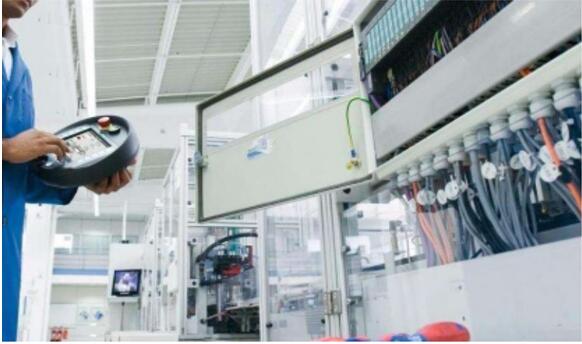


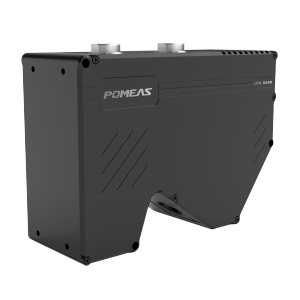
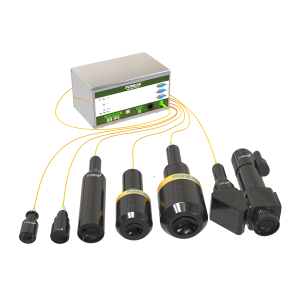
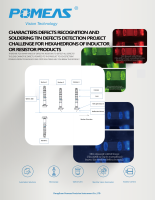
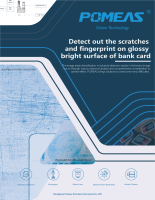
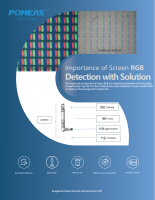
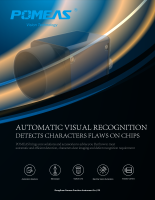
 ASK POMEAS
ASK POMEAS  PRICE INQUIRY
PRICE INQUIRY  REQUEST DEMO/TEST
REQUEST DEMO/TEST  FREE TRIAL UNIT
FREE TRIAL UNIT  ACCURATE SELECTION
ACCURATE SELECTION  ADDRESS
ADDRESS Tel:+ 86-0769-2266 0867
Tel:+ 86-0769-2266 0867 Fax:+ 86-0769-2266 0867
Fax:+ 86-0769-2266 0867 E-mail:marketing@pomeas.com
E-mail:marketing@pomeas.com
